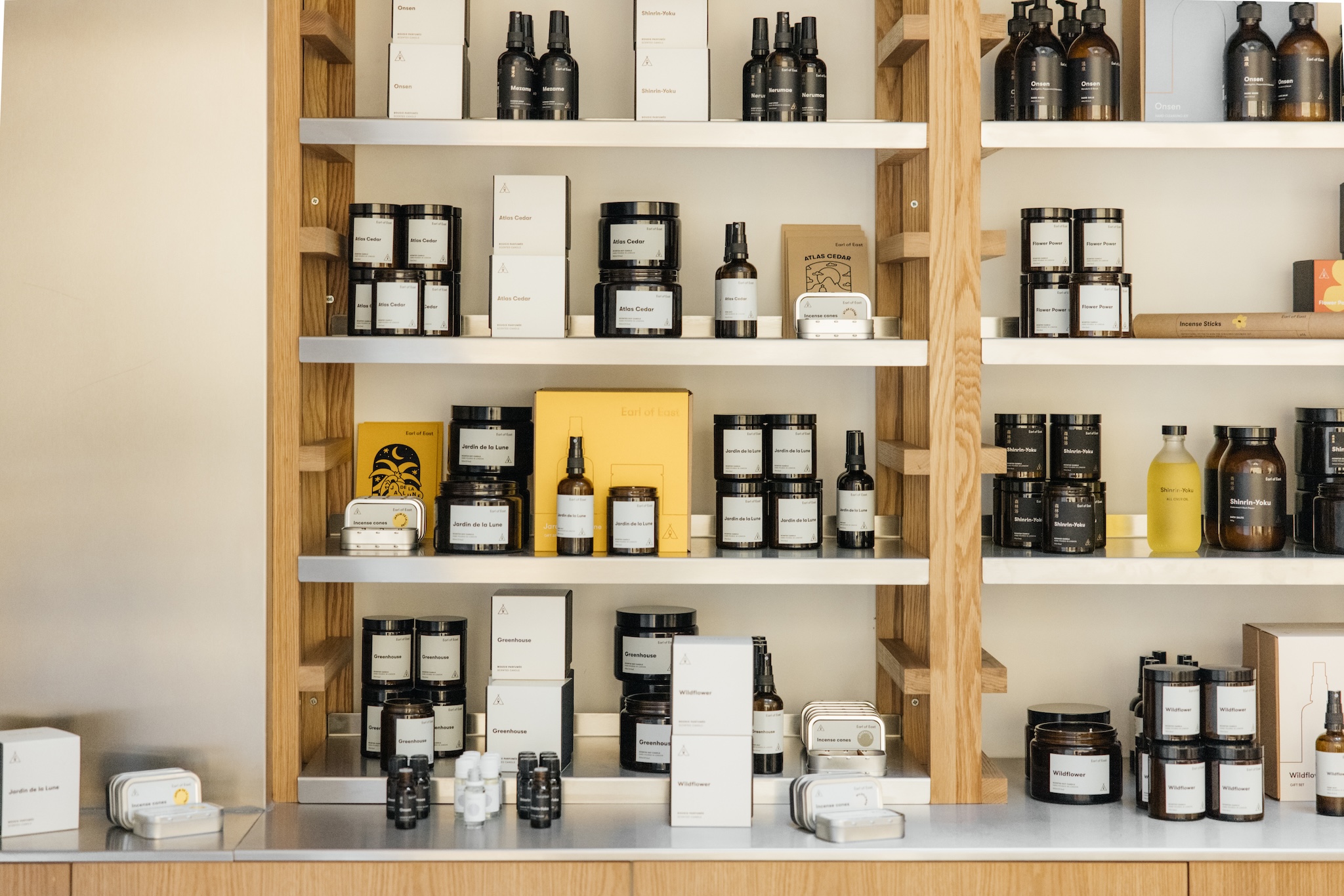

In the world of independent retail, every individual sale can feel like a victory—but it’s important to keep an eye on big-picture metrics. Knowing essential retail formulas and KPIs can go a long way toward a sustainable business.
Among the most important of these metrics: sell-through rate. Here, we’ll break down the formula for calculating yours, along with how it can help you navigate the ups and downs of retail.
What is a sell-through rate?
Simply put, a sell-through rate tells you what percentage of a particular item has sold over a certain period of time. But a sell-through percentage is more than just a number—it’s a tool for strategic decision-making. It influences purchasing decisions, pricing strategies, promotional activities, and overall inventory management.
How to calculate sell-through rate
Let’s say you bring 100 of your handmade candles to a month-long pop-up shop, and over the course of the month, you sell 75 of those candles. In that instance, your candles would have a sell-through rate of 75% in a month.
Unfortunately, the math won’t always be that simple. So here is how to calculate sell-through when the numbers are a bit more complex:
Sell-through rate = (units sold divided by initial inventory) times 100
A typical sell-through rate for retail is between 40% and 80% over the course of two or three months—with most retailers considering 80% to be a successful rate. But whether your sell-through percentage is high or low, you can learn something from it.
Here are some examples of calculating sell-through rate and what the numbers can tell you.
Example one: Summer clothing
Imagine you stocked your boutique with 250 of the cutest summer dresses at the start of the season. By the end of summer, you’ve sold 175 of them.
Sell-through rate calculation:
- Units sold = 175
- Initial inventory = 250
- Sell-through rate = (175 / 250) x 100 = 70%
This 70% sell-through rate indicates a strong performance, especially for seasonal merchandise. This proves that your product selection closely matched customer demand for the summer season.
Example two: A new book
Your bookstore introduced 150 copies of an author’s debut novel, but over the first month, only 45 copies were sold.
Sell-through rate calculation:
- Units sold = 45
- Initial inventory = 150
- Sell-through rate = (45 / 150) x 100 = 30%
A 30% sell-through rate is low, and you might want to recalibrate your strategy. There may be a lack of awareness about the new book or it might not be aligned with your customers’ interests. It could be time to boost visibility with a display or engage readers differently, like starting an in-store book club.
Example three: Vintage-inspired jewelry
Your store invested in 50 pieces of jewelry made from antique wax seals and then sold 40 of them leading up to Mother’s Day.
Sell-through rate calculation:
- Units sold = 40
- Initial inventory = 50
- Sell-through rate = (40 / 50) x 100 = 80%
An 80% sell-through rate for a higher-end item is fantastic and indicates strong demand and effective marketing of these items.
Why sell-through rate is important
Knowing your sell-through rate is a powerful way to gauge the success of your store. High rates mean your items are hitting the mark with customers, indicating effective purchasing, pricing, and marketing strategies. Looking at these rates over time helps set realistic sales targets.
When products aren’t selling as hoped, sell-through rates can highlight this early, allowing you to take action—like running promotions or tweaking prices—to improve sales. Regular checks can also reveal if a product doesn’t fit your brand, informing decisions on whether to keep it or replace it with something more appealing.
On the inventory front, these rates guide how much stock you should keep on hand. You’ll learn how to balance meeting demand for hot items and avoid overstocking slower sellers. This balance helps avoid excess costs and missed sales. Sell-through data also clues you into customer preferences, letting you align your product range with what shoppers want.
How to improve sell-through rate
A low sell-through rate might mean your customers don’t like a particular product, but there could be other issues at play. Before writing off an item—or type of item—entirely, there are a few things you can do to boost the sell-through rate.
Price
If a particular type of item is just not moving, it might be too expensive for your target market. Try testing out similar products that come in at a different price point.
For example: If you stock high-end artisanal candy at your counter and you’re not seeing the impulse purchases that you hoped for, maybe you need an option that is as charming but more affordable.
Product selection
There are so many styles, colors, and variations within product categories that you might need to try a few out. Your customers’ may have specific preferences that you can uncover with experimentation.
For example: You might personally enjoy birthday cards that are a bit playful and silly, but your customer base might be looking for something more whimsical and sincere. Or vice versa! It’s worth getting a wide variety of these types of products to see what your shoppers respond to and adjusting your buying plan from there.
Display and merchandising
Sometimes the issue isn’t with the product itself, but with the way it’s displayed in your store.
For example: Whether you are selling seed packets, watercolor paints, or temporary tattoos, you can think up creative ways to present these products to your customers. Instead of filling your shelves as usual, try out a themed table or a cardboard display to showcase your items.
Seasonal trends and timing
Items that are highly seasonal may have excellent sell-through rates at certain times of the year and lower rates during off-seasons, which means that you’ll need to plan your inventory and promotional efforts strategically.
For example: If you come across an adorable children’s picnic basket in midwinter, you should probably wait for warmer weather before you stock up. Otherwise, the baskets could sit on your shelves collecting dust until the spring.
Bundling
Some items might need to be paired with other items before your customers feel inspired to take them home. Look around your shop and consider possible pairings of your products.
For example: If your loose-leaf tea isn’t selling, try pairing it with a decorative tea strainer or compostable tea bags. You can also boost sales by creating imaginative thematic pairings, like bundling knitting-themed tea with tea-themed yarn.
Final thoughts
Calculating your sell-through rate offers a comprehensive view of how well your products are meeting the market’s demands. It’s a crucial metric for making informed decisions about pricing and inventory management—and it’s a good temperature check for customer satisfaction.
By understanding and planning with sell-through data, retailers can navigate the competitive retail landscape, adapt to changing consumer behaviors, and position their businesses for success.




